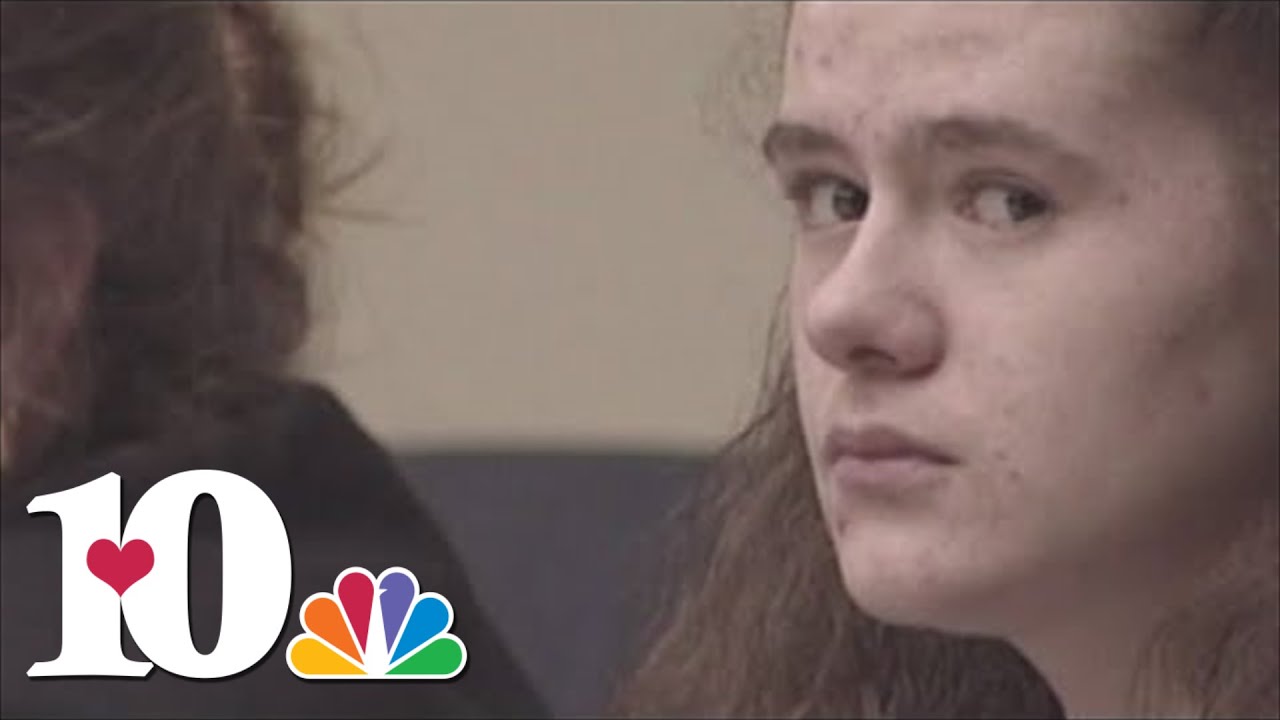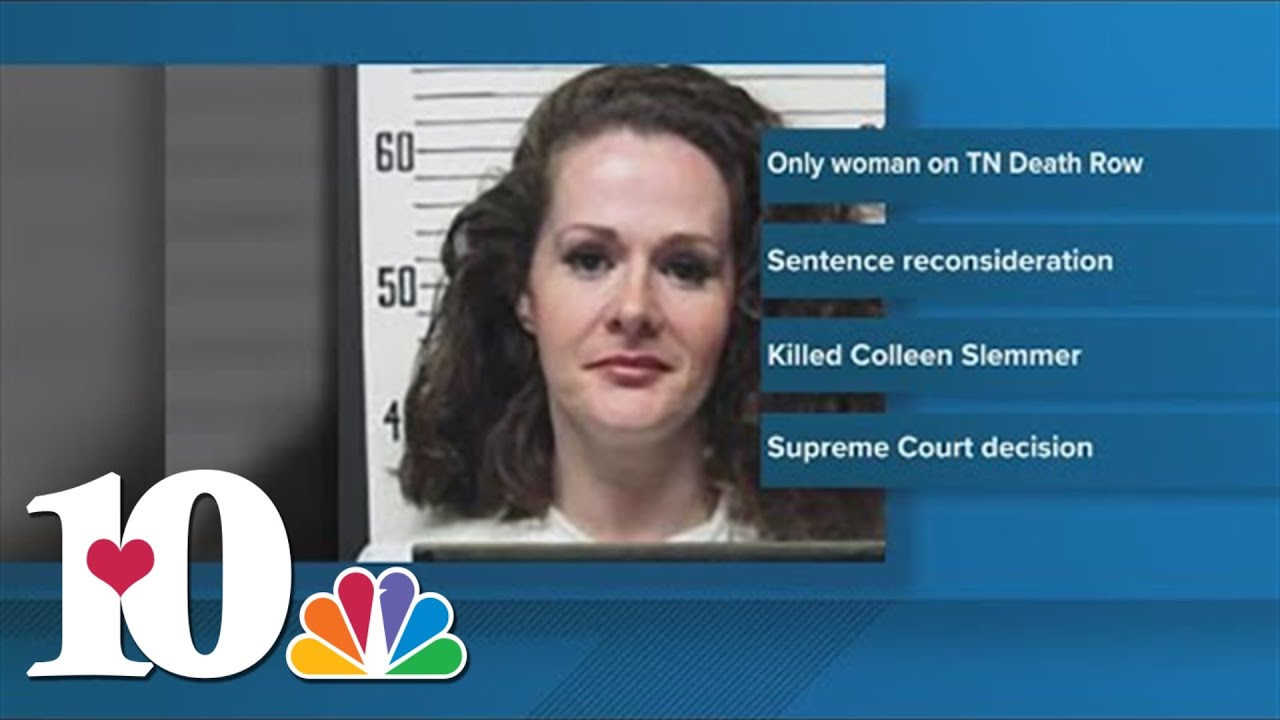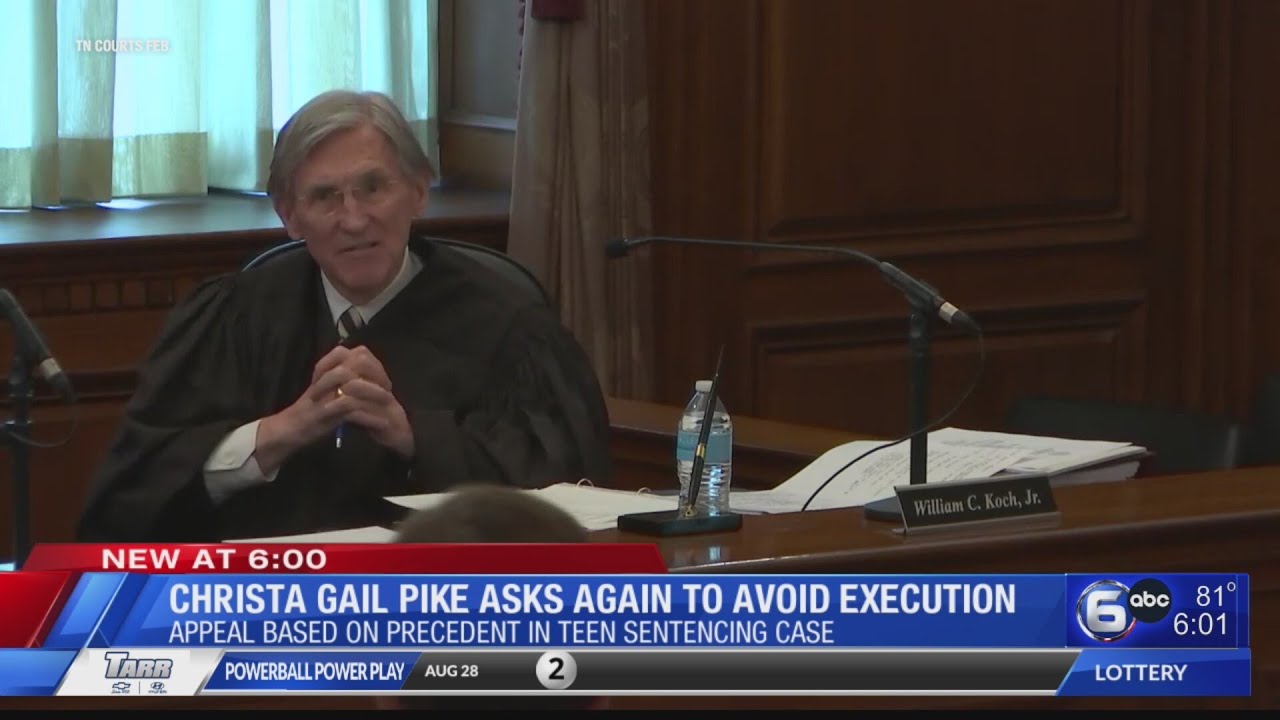
Exploring the Life of Christa Pike: A Tragic Beginning
To really grasp the crime committed by Christa Pike, we need to start at the beginning. Born in 1976 in Tennessee, her early life was turbulent. Unlike many young women who face struggles, Pike had a complicated family dynamic that included instability and emotional upheaval. She grew up in a setting where neglect and occasional violence were the norm, which likely set the stage for the shocking events that would follow.
Pike’s childhood was anything but ordinary. It involved conflicts at home, failed relationships, and a quest for acceptance that never seemed to materialize. These formative experiences were pivotal, teaching her survival skills but also introducing her to a world where violence was eventually a means of asserting control. The implications of her upbringing raise significant questions about societal neglect and the impact of upbringing on behavior.
Society often overlooks young girls like Pike, leaving them vulnerable to a cycle of violence and trauma. By understanding her early life, we can unravel the intricacies that led to the tragic outcome of her story. The factors surrounding her childhood present an opportunity for reflection on the importance of support systems for at-risk youth, emphasizing the need for intervention before lives spiral out of control.

The Crime That Shocked the Nation: The Murders of 1995
In 1995, Christa Pike became the youngest woman sentenced to death in the United States after the infamous murder of her classmate, 19-year-old Colleen Slemmer. This gruesome act sent shockwaves through the community and garnered national media attention. Pike, along with her boyfriend and another accomplice, lured Slemmer to a remote area under false pretenses before committing an act of violence that can only be described as horrific.
The motives behind this brutal crime were murky at best, but jealousy and power dynamics played a major role. Pike’s relationship with her boyfriend escalated into dangerous territory, leading her to engage in acts that were previously unimaginable. The media frenzy surrounding the case framed Pike not only as a criminal but also as a symbol of a broader societal problem concerning youth violence.
Public perception was heavily influenced by sensationalist reporting, which often exaggerated the details of Pike’s actions. This media portrayal shaped public fears about young women engaging in crime, embedding Pike’s name into the collective memory as a shocking example of youth gone awry. The story continues to spark conversations on why young women, like Christa Pike, can fall into such dark paths, illuminating the need for better understanding and support mechanisms.

Christa Pike’s Trial: Unpacking the Legal Proceedings
The trial of Christa Pike was a courtroom spectacle rife with controversy and ethical dilemmas. Prosecutors painted a picture of Pike as a cold and calculated individual, while her defense aimed to highlight her as a victim of psychological manipulation and her challenging upbringing. The courtroom dynamics were intense, with testimonies ranging from those who knew Pike to experts attempting to dissect her psyche.
Key testimonies revealed a young woman struggling with her mental health, making the case more complex than a simple “good versus evil.” Pike’s young age became a focal point, raising questions about how the legal system handles minors accused of severe crimes. Different strategies were employed, revealing deep-seated issues within the juvenile justice system, which was under scrutiny at the time.
The trial was a catalyst for discussions around juvenile justice reform in America. It became essential to consider whether young offenders, like Pike, truly understood the consequences of their actions or if their environments played a significant role in shaping their choices. This case sparked a reevaluation of how experts—legal and psychological—approach cases involving minors, pushing for systemic changes to better serve vulnerable youth.

The Psychological Profile of Christa Pike: A Deeper Look
What could drive someone to commit such an atrocious crime? Exploring the psychological profile of Christa Pike offers insights into her actions. Some experts pointed to the presence of antisocial personality disorder and borderline traits that may have contributed to her violent behavior. Coupled with her challenging upbringing, it’s no surprise that Pike displayed emotional disturbances throughout her early life.
Studies show that individuals with certain personality disorders are more prone to impulsivity and aggression. Pike’s emotional instability was evident, and expert analyses link her behavior to both environmental factors and potential underlying disorders. Understanding these elements sheds light on the broader conversation of mental health, especially among young women.
As we dig deeper into cases like Pike’s, it’s crucial to recognize the larger narrative surrounding mental health and crime. Highlighting her psychological background isn’t just about analyzing her actions; it’s about instigating conversations on how we can better support youth who may be struggling. Ultimately, gaining a clearer picture of Pike’s psychological profile helps us comprehend the complex factors that can lead to violent behavior.

Media Portrayal: The Christa Pike Phenomenon
The coverage of Christa Pike‘s case serves as a keen example of how media can shape narratives. Outlets worldwide rushed to report on her as a sensational figure in the landscape of true crime. Reports often exaggerated horrific details and failed to provide the necessary context regarding her life and the systemic factors that led to the tragic events.
Sensationalism was rampant, risking the portrayal of Pike as a mere caricature of evil rather than a young woman shaped by profound societal flaws. The media’s fascination with her case exhibits how public perception can be skewed by over-dramatization and fear-mongering. Documentaries and news stories fed into the narrative, each playing into an ongoing obsession with female criminality.
This relentless media focus has long-lasting implications, shaping how society views women who commit violent crimes. It begs the question: is our understanding of these cases nuanced enough? The portrayal of Christa Pike forced a confrontation with the complexities behind crimes committed by women, advocating for a more empathetic lens that incorporates psychological realities.
The Aftermath: Life on Death Row
Serving her sentence in a Tennessee prison, Christa Pike‘s life on death row paints a sobering picture of the realities of incarceration. Her days are dictated by strict routines within the prison system, a far cry from the ambitions she had as a young woman. Behind bars, she has faced questions about redemption and the chances of rehabilitation, often reflecting on her past through a more critical lens.
Pike’s emotional toll in confinement is immense. Life in prison changes individuals, and for someone curious about mental health like Pike, it has raised questions about what it means to grow and adapt in a restrictive environment. From participating in educational programs to engaging in discussions about mental health advocacy, her journey within the prison has not been solely focused on survival.
As the U.S. grapples with the ever-changing landscape of the death penalty, Christa Pike remains a profound example of the complexities surrounding youth crime, punishment, and potential reform. Discussions about what awaits inmates like her—a deep understanding of the mental health elements intertwined with the legal system—become paramount when we reflect on the evolving views of justice in America.
Reflections on Christa Pike’s Case: Lessons & Implications
The story of Christa Pike extends beyond the simple narrative of a crime; it highlights critical conversations about mental health, juvenile justice reform, and societal influence on young lives. Her case serves as a stark reminder of the challenges young offenders face and the desperate need for societal intervention before they fall into the abyss of violence.
Indeed, the lessons from Pike’s journey underline the importance of recognizing trauma and providing support to at-risk youth. Society must be aware of how neglect and abuse can have devastating effects, potentially leading to tragic outcomes. Mental health awareness needs to be prioritized to ensure that future generations aren’t bound by cycles of violence and despair.
Ultimately, Christa Pike’s life and her subsequent actions urge us to adopt a compassionate approach toward young offenders, looking at them not just as criminals, but as individuals shaped by experiences and circumstances. By focusing on reform and understanding, we may pave the way for a future that seeks redemption rather than punishment.
Christa Pike: Intriguing Trivia and Interesting Facts
The Enigmatic Criminal
When we dive into the striking case of Christa Pike, it’s impossible to overlook the shockwaves her crime sent rippling through society. Committing murder at just 18 years old, Christa’s twisted tale might lead you to ponder on the broader implications of youth and crime. Interestingly, the term seldom meaning captures how rare such cases are, reminding us that not every youthful misstep leads to tragedy. In cases like Christa’s, they often shock us, making us rethink perceptions of innocence and malice in teenagers.
Another facet of Christa’s story involves the media’s portrayal of her life before her crime—she was often labeled as a troublemaker. She was reportedly fascinated with the macabre, further complicating her narrative. Her fixation on darker themes reflects a larger conversation about the psychological impact of horror culture on youth, much like the antics in the beloved House Of Mouse, where the dark elements of storytelling are often softened for entertainment.
The Legal Landscape
Once convicted, Christa Pike faced a lengthy legal battle that highlighted the workings of the justice system. While the average attorney salary can give insight into the financial stakes involved, it does little to encapsulate the emotional toll such cases impose. The intricate web of her trial revealed chilling elements of betrayal and violence—in stark contrast to the daily grind many face in their jobs. It’s a stark reminder that reality can be weirder than fiction.
And here’s a fun fact: during her time incarcerated, Christa reportedly weighed around 185lb, which is about 84 kg when converted—a little trivia that humanizes her as just another person struggling within the criminal justice system. In a bizarre twist, her transformation behind bars draws parallels to stories of redemption, much like those we hear in motivational tales or online conversions, such as going from 135lb to 61 kg. Each case, whether fictional or real, builds narratives that evoke strong emotions—proving once again that truth is often stranger than fiction.
A Life Forever Changed
Ultimately, Christa Pike’s life story serves as a poignant reminder of the delicate nature of youth and the steep consequences of choices. What began as a complex tale of teenage angst spiraled into several discussions about mental health and societal values. For those fascinated by her path, diving deep into her psychological profile can be as intriguing as exploring the adventures of mystical creatures like Tapu Koko in popular culture.
In reflecting on the crime, we must also consider the eternal lessons interwoven throughout her story. It paints a broader picture of how seemingly innocent figures—like Christa Pike—can transform under societal pressures, illustrating that while they may take the path less traveled, the outcomes are often undeniable.






























